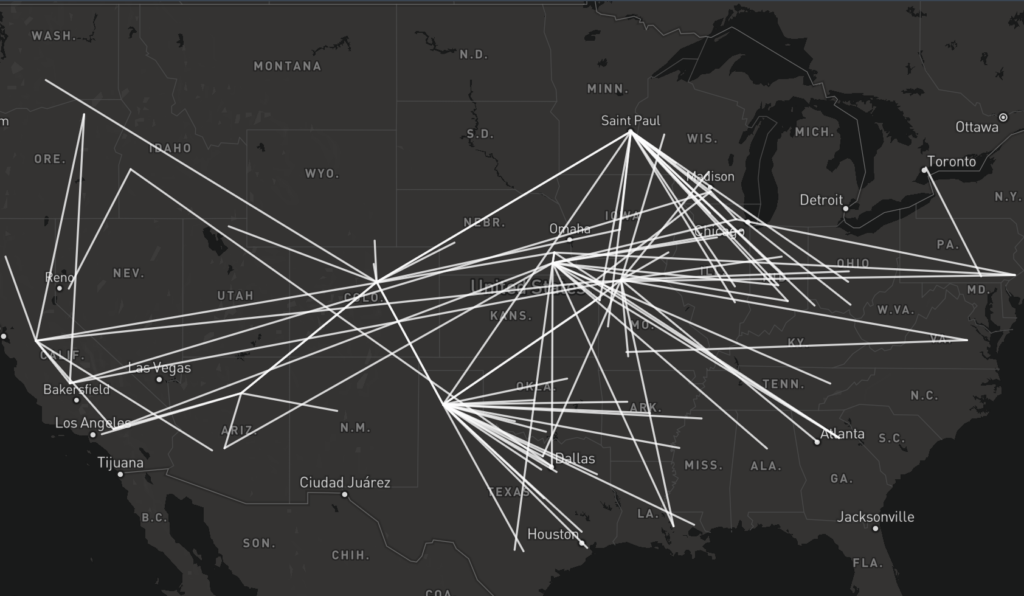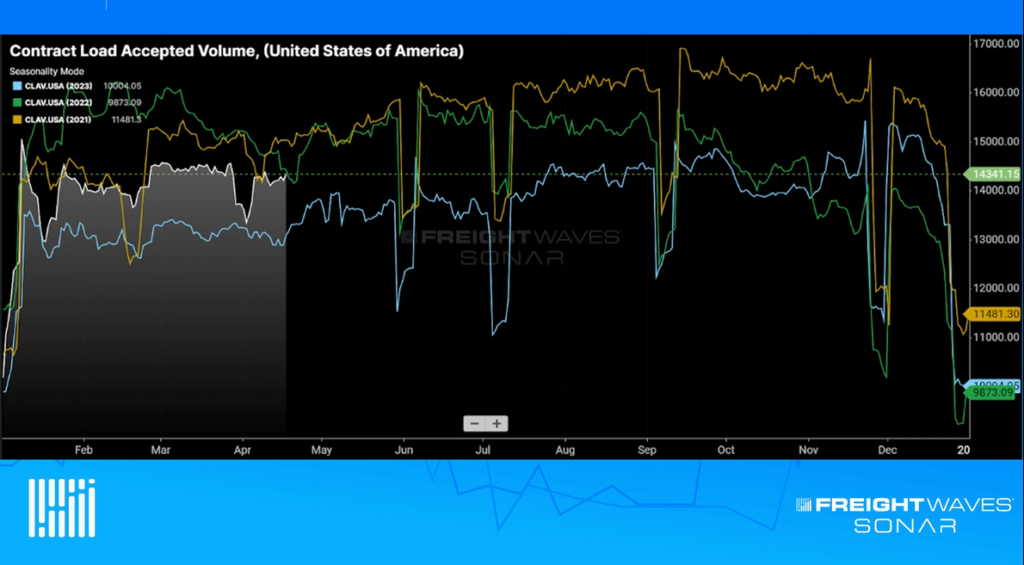According to a recent Gartner research report, 69% of Chief Supply Chain Officers have already invested in supply chain data analytics to strengthen real-time decision-making. Have you?
The right use of supply chain intelligence can have a significant impact on logistics. By investing in the right analytics, companies can gain insights into their supply chain operations, allowing them to make more informed and data-driven decisions that can increase efficiency across multiple teams by reducing manual and duplicate efforts. More directly, they will drive reduced costs across transportation spend and headcount while also improving compliance and tender rejection rates.
Executives in Fortune 500 companies expect their transportation and logistics teams to make fast decisions, and the majority now assume these will be made with accuracy against current market conditions. But how do logistics teams validate spend decision-making and market alignment? How can leadership benchmark against external trends? The answer lies in the most up-to-date market data with the highest accuracy in SONAR Supply Chain Intelligence (SCI).
Here are the outcomes of implementing analytics with high-frequency data
- Improved inventory management: Analytics help cross-functional teams understand customer demand and forecast inventory needs. This can help reduce stockouts, minimize excess inventory and optimize warehouse and transportation operations.
- Faster response times: High-frequency data helps transportation teams respond more quickly to supply chain disruptions, such as capacity fluctuations and market swings. When the unexpected happens, logistics teams can pivot with confidence. As vendor relationships and partnerships evolve, trusting a data provider with more than 1 million unique lanes empowers users to price and monitor new lanes.
- More efficient transportation: By using analytics to optimize their transportation networks, logistics leaders can both reduce transportation costs and improve delivery times. This can be achieved by identifying lanes with greatest opportunity versus greatest risk based on high-frequency data. Comparing current rates with the most complete spot and contract data helps individuals at all levels make the most accurate decisions.
As customers demand more and economic factors drastically change supply chain dynamics, the best way to strengthen your transportation network lies in activating data analytics. By leveraging SONAR and SCI, along with their more than $200 billion in freight spend data, Fortune 500 companies are seeing eight-digit savings opportunities while mitigating supply chain risk. Now is the time to implement infrastructure changes to plan for long-term success.









